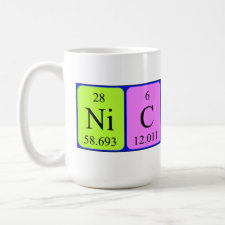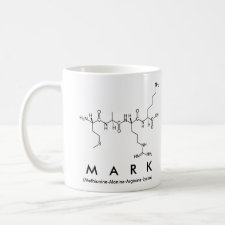
Authors: Byrne ME, Oral E, Hilt JZ, Peppas NA
Article Title: Networks for recognition of biomolecules: Molecular imprinting and micropatterning poly(ethylene glycol)-containing films.
Publication date: 2002
Journal: Polymers for Advanced Technologies
Volume: 13
Issue: (10-12)
Page numbers: 798-816.
DOI: 10.1002/pat.272
Alternative URL: http://www.che.utexas.edu/research/biomat/cv_pdfs/hilt/Polymers%20for%20Advanced%20Technologies%202002.pdf
Abstract: Engineering the molecular design of biomaterials by controlling recognition and specificity is the first step in coordinating and duplicating complex biological and physiological processes. Studies of protein. binding domains reveal molecular architectures with specific chemical moieties that provide a framework for selective recognition of target biomolecules in aqueous environment. By matching functionality and positioning of chemical residues, we have been successful in designing biomimetic polymer networks that specifically bind biomolecules in aqueous environments. Our work addresses the preparation, behavior, and dynamics of the three-dimensional structure of biomimetic polymers for selective recognition via non-covalent complexation. In particular, the synthesis and characterization of recognitive gels for the macromolecular recognition of D- glucose is highlighted. Novel copolymer networks containing poly(ethylene glycol) (PEG) and functional monomers such as acrylic acid, 2-hydroxyethyl methacrylate, and acrylamide were synthesized in dimethyl sulfoxide (polar, aprotic solvent) and water (polar, protic solvent) via UV-free radical polymerization. Polymers were characterized by single and competitive equilibrium and kinetic binding studies, single and competitive fluorescent and confocal microscopy studies, dynamic network swelling studies, and ATR-FTIR. Results qualitatively and quantitatively demonstrate effective glucose- binding polymers in aqueous solvent. Owing to the presence of template, the imprinting process resulted in a more macroporous structure as exhibited by dynamic swelling experiments and confocal microscopy. Polymerization kinetic studies suggest that the template molecule has more than a dilution effect on the polymerization, and the effect of the template is related strongly to the rate of propagation. In addition, PEG containing networks were micropatterned to fabricate microstructures, which would be the basis for micro-diagnostic and tissue engineering devices. Utilizing photolithography techniques, polymer micropatterns Of a variety of shapes and dimensions have been created on polymer and silicon substrates using UV free-radical polymerizations with strict spatial control. Micropatterns were characterized using optical microscopy, SEM, and profilometry. The processes and analytical techniques presented are applicable to other stimuli-sensitive and recognitive networks for biomolecules, in which hydrogen bonding, hydrophobic, or ionic contributions will direct recognition. Further developments are expected to have direct impact on applications such as analyte controlled and modulated drug and protein delivery, drug and biological elimination, drug targeting, tissue engineering, and micro- or nano-devices. This work is supported by NSF Grant DGE-99-72770. Copyright (C) 2003 John Wiley Sons, Ltd



Join the Society for Molecular Imprinting

New items RSS feed
Sign-up for e-mail updates:
Choose between receiving an occasional newsletter or more frequent e-mail alerts.
Click here to go to the sign-up page.
Is your name elemental or peptidic? Enter your name and find out by clicking either of the buttons below!
Other products you may like:
 MIPdatabase
MIPdatabase









